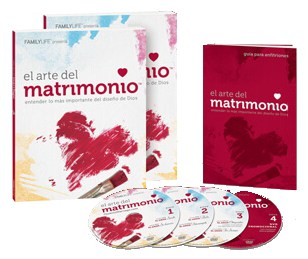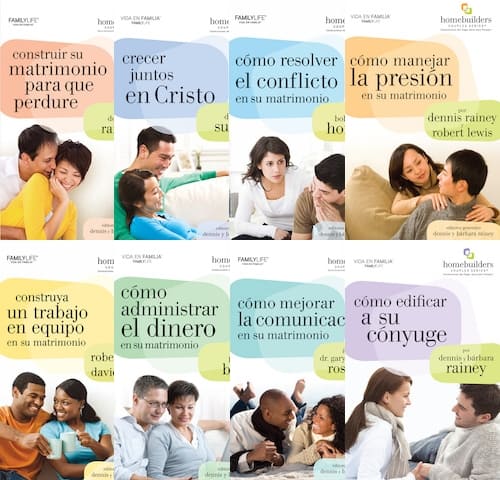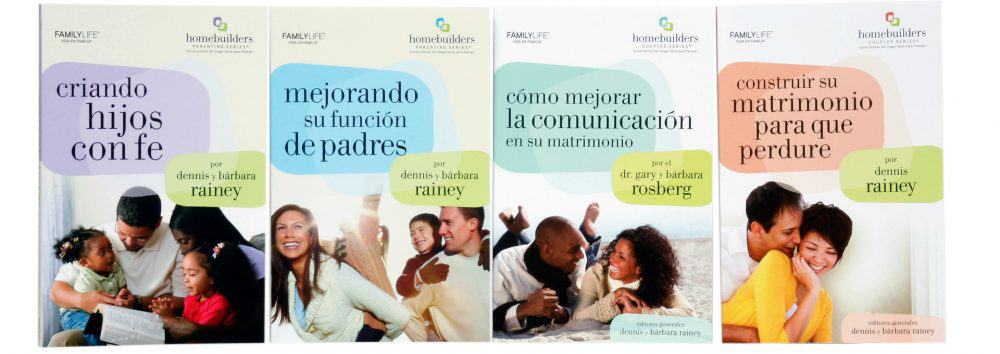By Roger Dye and Jayna Richardson
“My wife and I came here with no hope. We were not going to get divorced, but we haven’t had any joy in our marriage for several years. We were just resigned to a marriage without happiness. But what you have taught us this week has given us a new vision. We leave here with real hope for our marriage, the spark of joy restored to our family.”
This quote is from a pastor in Panamá who attended a Spanish-language FamilyLife event. His story—and hundreds of others just like it—validate the need for gospel-centered Spanish events and resources for families. But the translation process is more vigorous than it might seem in order to produce resources that are usable internationally, consistent with FamilyLife’s message, and biblically accurate.
Forbes Magazine published an article in 2021 stating that “Spanish is spoken by more than 559 million people globally. Of those, 460 million are native speakers, making Spanish the language with the second largest population of native speakers in the world… In the U.S., 13 percent of the population speaks Spanish at home.”
The potential audience for Spanish resources is huge, but the process isn’t as simple as creating a word-for-word translation from the English text. With 21 countries and dozens of cultures having Spanish as the official language, a common phrase in one country might be highly offensive in another, or it could be complete gibberish. To ensure that the resources will be universally understood and internationally accepted, every project passes through the approval process of at least three countries: a translator, an editor, and a proofreader, each from a different country.

Next, the translation returns to the FamilyLife Global office to make sure the resource is still consistent with FamilyLife’s message and that it remains theologically accurate. Although the translators and proofreaders are Christians, they are not trained theologians. Finding the most accurate word to correctly convey a biblical principle can be very challenging.
In one instance, a translator was working on a resource that deals with the story in Genesis 2:18 where God created Eve as a helper for her husband, Adam. The translator used a workplace term for “helper” instead of the biblical word. FamilyLife Global Representative Roger Dye recommended using the biblical term instead, but the translator wasn’t convinced. Finally, Roger suggested, “Read that sentence to your wife. Let’s get her take on it.”
She was horrified. “We can’t teach women that they are errand-girls! I am your helper because I am honored to be the woman that God created me to be, but I will never be your errand-girl!”
Examples like this are one of many reasons we have multiple countries involved in the translation process, with both men and women, in addition to the Global Office providing feedback to ensure the proper tone and biblical accuracy.
The process is arduous and requires incredible attention to detail as well as discernment and prayer. But the needs are great, and the results can speak for themselves. A pastor in the Dominican Republic wrote, “I was convicted this week that as a husband, I have not been representing Christ to my wife, and that begins to change today!” These Spanish resources are imparting truth and hope, and God is using them to change lives.
FamilyLife is committed to continuing to produce Spanish resources of excellent quality and trusting God to draw many families throughout the Spanish-speaking world to Himself.



